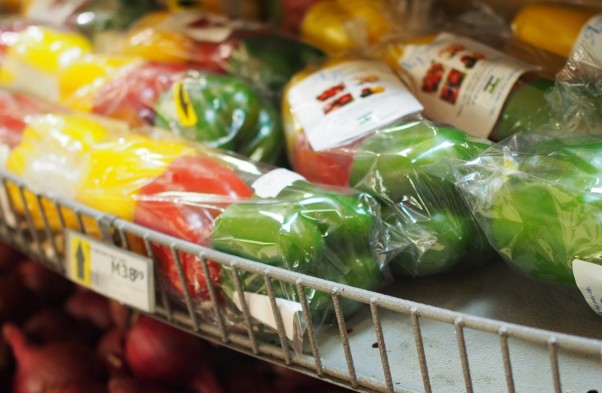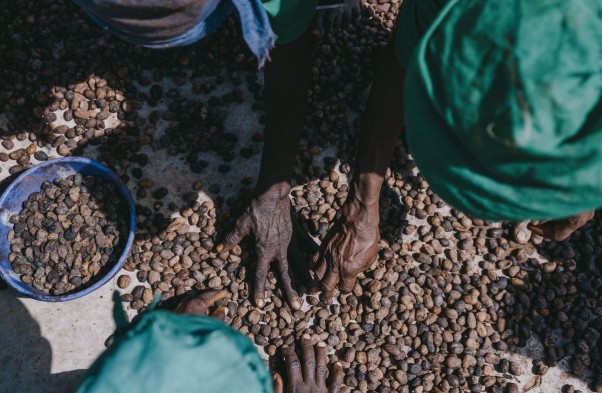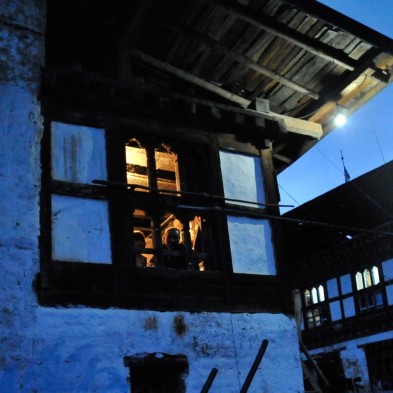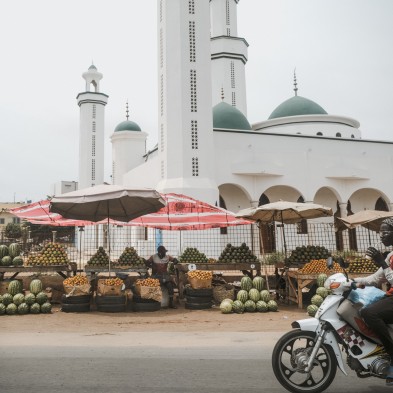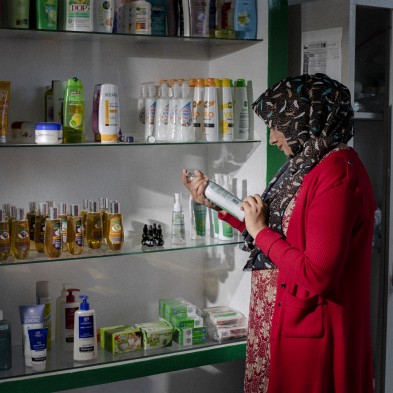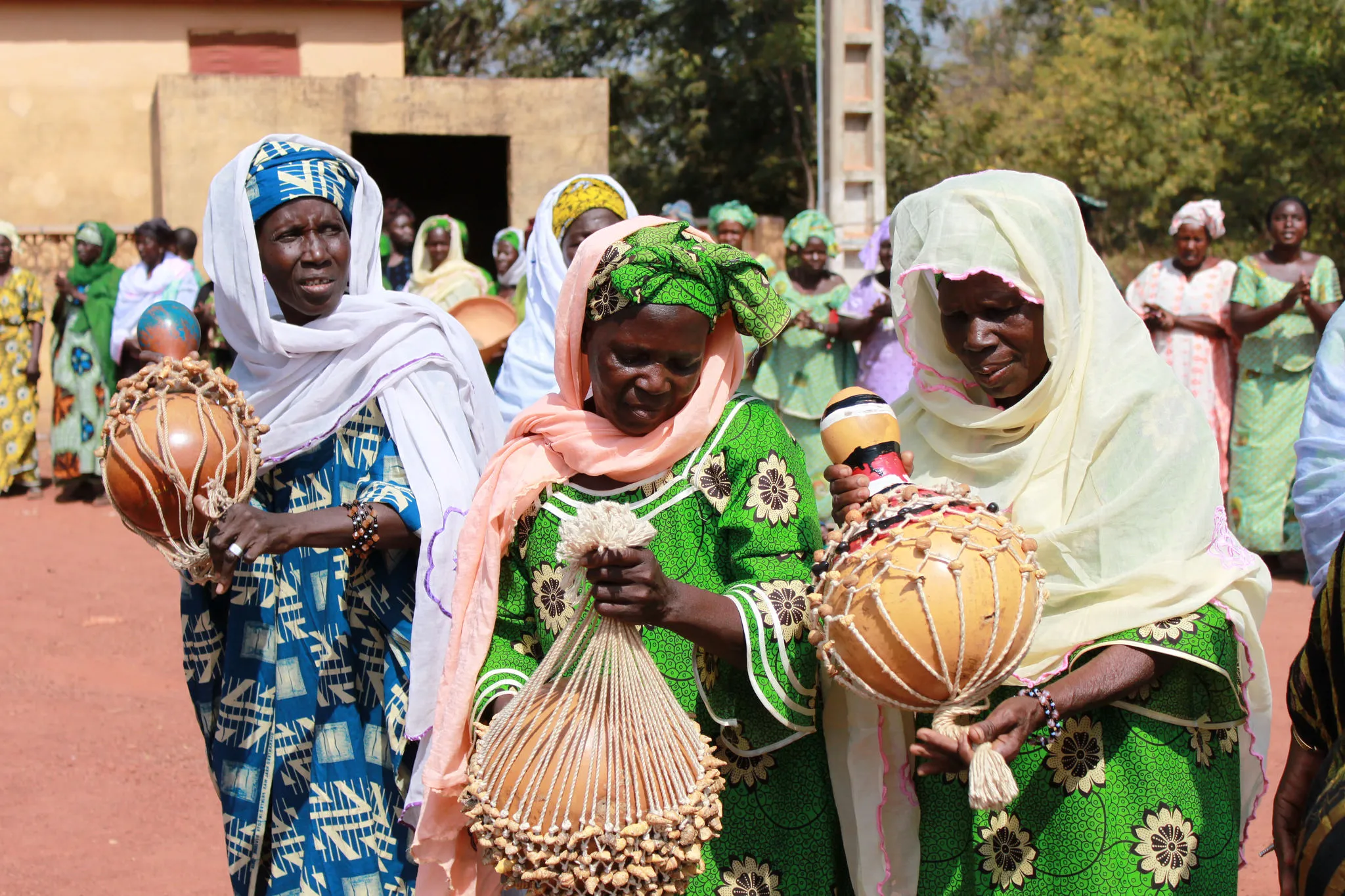
O Mali integrou o comércio e as estratégias setoriais na sua atual Estratégia de Crescimento e Redução da Pobreza, com o apoio do QIR.
O trabalho direcionado com setores-chave tem sido essencial no reforço das capacidades institucionais e técnicas dos produtores e exportadores no sentido de desempenharem um papel mais ativo na comercialização dos produtos do Mali. Tal inclui trabalho de impacto no setor da goma-arábica, que proporciona rendimentos às pessoas mais carenciadas do país.

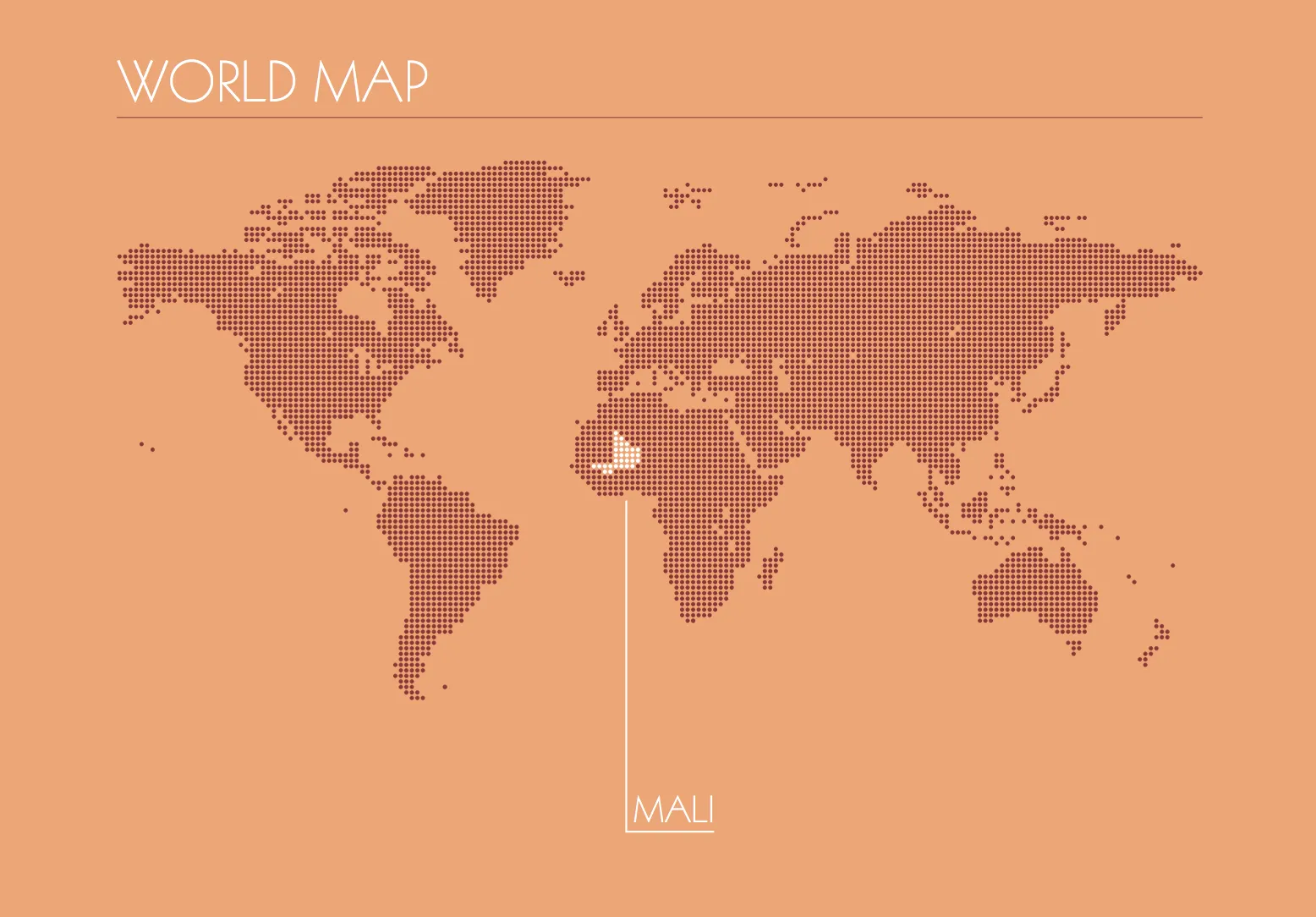
O QIR está a trabalhar para apoiar o desenvolvimento de cadeias de valor agrícolas, como o fruto de carité, a goma-arábica, a manga e a pecuária. As capacidades do setor privado são reforçadas por meio de ações de formação, apoio à melhoria da qualidade e equipamentos.
Resultados:
- O QIR apoiou a unidade de transformação de fruta UTRAFRUY, que produziu 5659 boiões de doce de manga e 1517 boiões de compota de manga em 2015, com as vendas promocionais a totalizar aproximadamente 3778 dólares.
- Foram fornecidos equipamentos aos profissionais do setor da manga, incluindo 200 pulverizadores, 1500 trituradores e 1000 fatos de trabalho.
- Foram realizadas sessões de formação sobre boas práticas agrícolas e técnicas de tratamento fitossanitário para os pomares de manga para 200 pessoas.
- O apoio contribuiu para o aumento das exportações tanto de manga fresca como transformada em 2017, com um volume situado em 28.983,60 toneladas, que totalizou aproximadamente 13 milhões de dólares.
- Uma ação de formação sobre técnicas de melhoria da qualidade do fruto de carité contou com a participação de 116 mulheres na região de Ségou.
O QIR está a trabalhar para apoiar o desenvolvimento de cadeias de valor agrícolas, como o fruto de carité, a goma-arábica, a manga e a pecuária. As capacidades do setor privado são reforçadas por meio de ações de formação, apoio à melhoria da qualidade e equipamentos.
Resultados:
- O QIR apoiou a unidade de transformação de fruta UTRAFRUY, que produziu 5659 boiões de doce de manga e 1517 boiões de compota de manga em 2015, com as vendas promocionais a totalizar aproximadamente 3778 dólares.
- Foram fornecidos equipamentos aos profissionais do setor da manga, incluindo 200 pulverizadores, 1500 trituradores e 1000 fatos de trabalho.
- Foram realizadas sessões de formação sobre boas práticas agrícolas e técnicas de tratamento fitossanitário para os pomares de manga para 200 pessoas.
- O apoio contribuiu para o aumento das exportações tanto de manga fresca como transformada em 2017, com um volume situado em 28.983,60 toneladas, que totalizou aproximadamente 13 milhões de dólares.
- Uma ação de formação sobre técnicas de melhoria da qualidade do fruto de carité contou com a participação de 116 mulheres na região de Ségou.
O QIR está a trabalhar para reduzir a pobreza através do aumento das receitas dos produtores, apanhadores e exportadores de goma-arábica. O trabalho centra-se em seis regiões, incluindo algumas das mais vulneráveis da província, e constitui parte dos esforços regionais de criação da “Grande Muralha Verde de África”, que tem por objetivo travar o avanço do deserto do Sara. Trata-se de um aspeto significativo para o país, já que mais de 60% da sua superfície total já é árida ou semiárida.
Resultados:
- Ao nível local, foram estabelecidas 177 cooperativas de goma-arábica e, ao nível distrital, 19 sindicatos de cooperativas de goma-arábica.
- Foram identificados 13 locais para a produção de goma-arábica, tendo sido realizados estudos geofísicos em oito dos locais.
- Foram adquiridas três toneladas de sementes de acácias senegalesas, o que é suficiente para plantar 10.000 hectares.
- Um total de 10 workshops proporcionou formação a 82 representantes de produtores de goma-arábica, parceiros de ONG e setor florestal. Estes serão agora responsáveis por ministrar formação nos 13 distritos abrangidos pelo projeto.
- Em 2017, um total de 665 pessoas recebeu formação, incluindo 561 gestores de Sociedades Cooperativas e 104 administradores de Sindicatos e Federações de produtores e apanhadores de goma, sobre gestão financeira e de liderança, visando reforçar as suas capacidades.
- Um especialista florestal desenvolveu um manual de formação, módulos e diretrizes para os participantes da formação, abrangendo técnicas de produção de goma-arábica.

